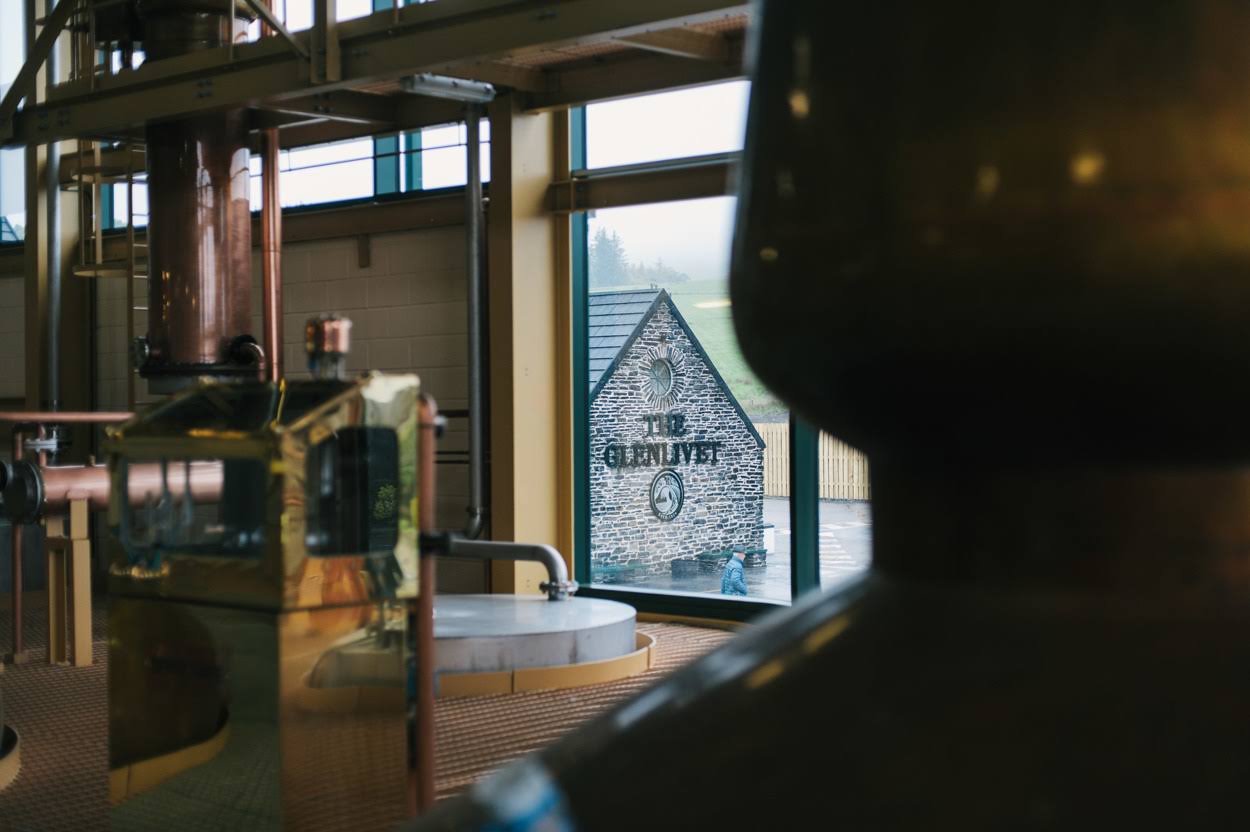
Speyside Malt Whisky Trail: In Search of the Holy Grail (Part 2: The Tours)
The Speyside Malt Whisky Trail
Distillery tours rank very high on the list of Scottish tourist attractions, attracting a total of two million visitors last year. Significant investments by major players in building and upgrading their visitor centres in Scotland have had a big role in driving spending by visitors up by 154 per cent in 2010–18.
For the uninitiated who can’t tell the difference between a Ballantine’s and a Balvenie, the Speyside Malt Whisky Trail is a great introduction. Touted as the only one of its kind in the world, it provides a tour of seven well-known working distilleries, one historic distillery, and the Speyside Cooperage, the only working independent cooperage in the UK today.
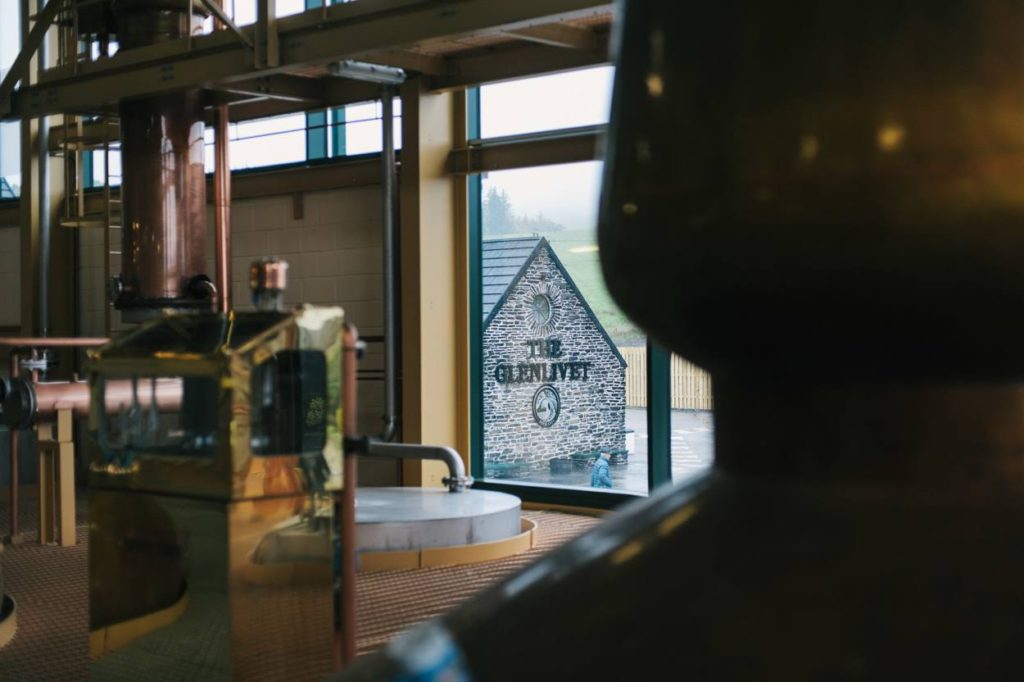

Day One Itinerary
The Glenlivet
A great way to start your tour of Speyside’s famous distilleries is by visiting one of the Goliaths of the industry, the Glenlivet Distillery in Banffshire. The ‘Glen Livet’ was a stretch of Highland Scotland that later expanded to become the Speyside whisky region. The distillery was founded as an illicit still by a charismatic farmer, George Smith, who was as politically astute as he was skilled in whisky-making, and Glenlivet distillery flourished after whisky production was legalised in 1824. Smith made sure that his ‘smooth whisky’ was sampled and endorsed by notable public figures of the time like Charles Dickens, and even the king.
The Glenlivet Classic Tour (£15.00) is an excellent introduction to the process of whisky-making. It offers a guided walk through the production areas, including a visit to one of the traditional warehouses, followed by a sampling of three whiskies in the legendary dram room from the core range. https://www.theglenlivet.com/en-IN
Cardhu
From Glenlivet you can drive 13 miles north to Knockandu for the next stop on the trail, Cardhu Distillery. History buffs will love this one as it is the only malt whisky distillery pioneered by a woman. In 1811, Helen Cumming and her husband, John, sited their first still at Cardow Farm on the Mannoch Hill, high above the River Spey, and she is supposed to have distilled the very first gallon of Cardhu. Helen was a remarkable woman by all accounts, legendary for her ability to both sell the booze and to evade alcohol taxation. She was apprehended on three occasions by the tax authorities, but, in a case of complete reverse discrimination, it was John who was charged because the taxmen could not believe that a woman was capable of running a racket like this! Cardhu is also one of the main suppliers to the world-famous Johnnie Walker blend and considered to be its spiritual home, so visitors to the distillery can learn about both the history of the single malt and the story of the renowned blend.
The Cardhu “Guess Dhu” Tour (£12.00) is a guided tour of the distillery, followed by a nosing and tasting of three whiskies. Guests are handed a scorecard and nose and taste the whiskies blind, with the winner who guesses all three whiskies correctly being added to the Cardhu Hall of Fame. https://www.malts.com/en-gb/distilleries/cardhu


Speyside Cooperage
Round off your first day on the Trail with a visit to the unique Speyside Cooperage in Dufftown, the only working facility of its kind in the UK, where you can witness the ancient art of creating oak whisky barrels using traditional tools and methods and natural materials. The cooperage has been running since 1947 and each year it makes and repairs over 100,000 casks that it receives from all around the world; in turn, these casks make their way to distilleries across Scotland. Oak is the only wood that is used to produce whisky as it prevents seepage and allows the contents to breathe without spoiling the flavour. Casks are often ‘fired’ when they arrive to char the interior, and many are casks that have been used previously for storing bourbon, port, or sherry, or they are peated casks. This gives the whisky most of its unique flavour.
Although it is on the more expensive side, the VIP Tour (£30.00) is recommended for the full experience. First, the 4D Acorn to Cask audiovisual presentation will take you on an enthralling journey through the lifecycle of the cask. This is followed by a visit to the viewing gallery where you can try your hand at building a mini-cask of your own. The guided tour ends at the shop floor where you get to see the coopers at work at close quarters. Included in the package are various goodies like a dram of single malt, a Glencairn tasting glass, and a bar towel. https://www.speysidecooperage.co.uk/visitor-attraction.php
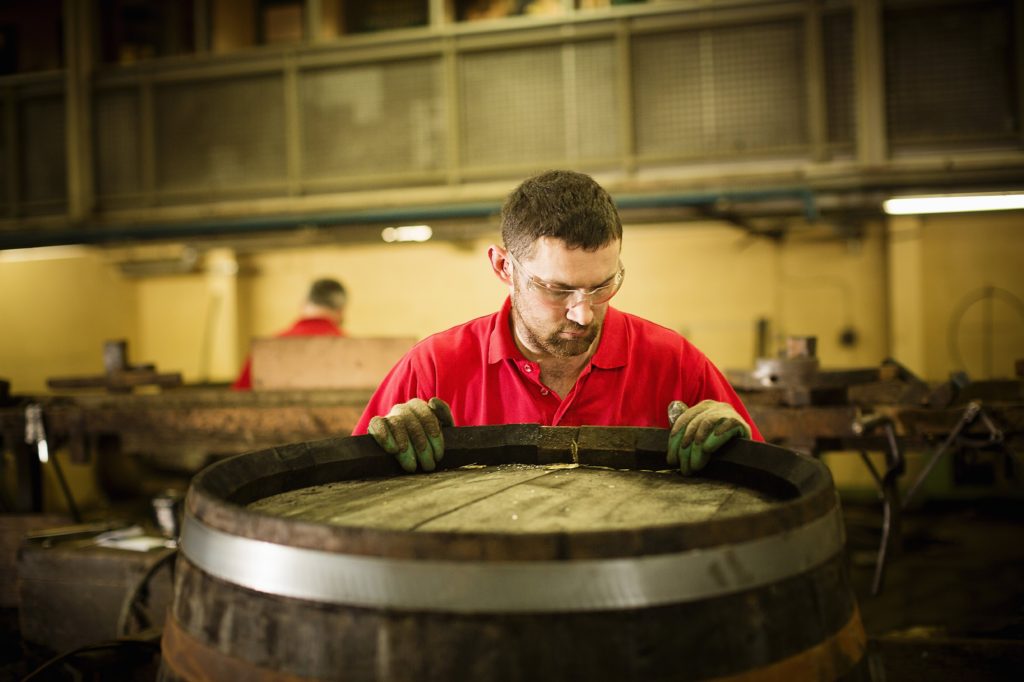

Day Two Itinerary
Glenfiddich
The first name that comes to mind when one thinks of single malt is Glenfiddich (in Gaelic it means Valley of the Deer). Founded in 1886 by William Grant, it remains the largest family-owned Scotch whisky company in the world. Thanks to an aggressive marketing campaign, Glenfiddich was the first single malt to be introduced to the world outside Scotland in 1963. In combination with an experimental and innovative approach, this has made it the supreme global leader in single malts, with sales in excess of 1.4 million cases in 2018. The Glenfiddich range extends from its signature 12-year-old whisky (£38) in the easily recognizable triangular green bottle to its heirloom 50-year-old malt (a staggering £25,000) presented in an individually hand-blown bottle enclosed in a hand-stitched black leather case with silk lining. As they say “If you have to ask the price, you can’t afford it.”
The basic Explorers Tour (£10) offers a comprehensive introduction to the manufacture of Glenfiddich, including an on-foot tour of the distillery, a visit to the still house, and lastly a visit to two warehouses where you can observe several generations of gently maturing casks. The tour concludes with a special event, a tutored nosing and tasting of four single malts selected from the core range. https://www.glenfiddich.com/uk/distillery/
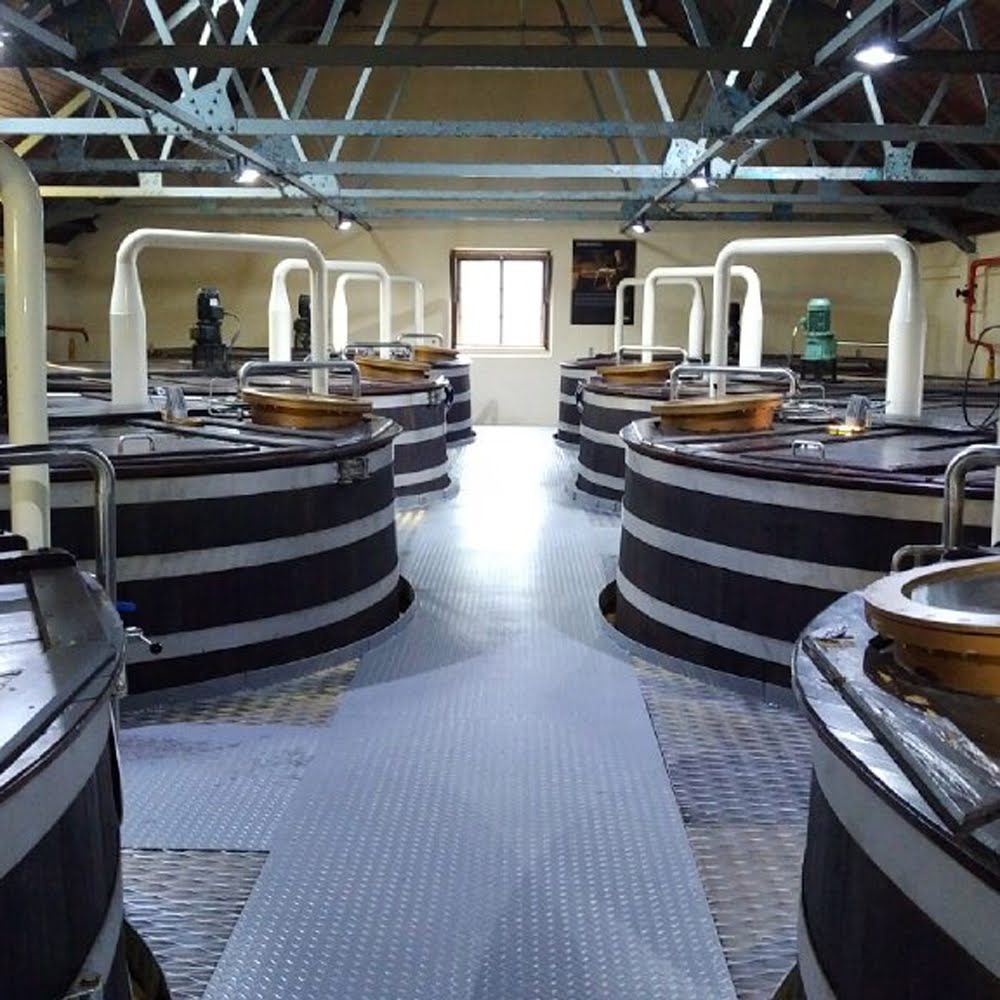

Glen Grant
Located in the idyllic Speyside village of Rothes, the Glen Grant distillery is one of the top five single malt distilleries in the world and the only Scottish producer to still bear the name of its owners. Glen Grant straddles the spectrum of taste, being both a highly acclaimed single malt competing with the likes of Glenlivet and Glenfiddich, as well as the most popular young malt whisky in Europe, under its new Italian owners, Campari. Here it is available in its mildest form as a very light five-year-old and is enjoyed unabashedly with cola by young people in France, Italy, and Spain. Visitors may enjoy a dram in the refurbished coachman’s house at the end of their tour (£7.50). Don’t forget to stroll through the delightful Victorian Woodland Garden and see the heather-thatched dram pavilion and the tumbling waterfall further along. https://www.glengrant.com/int/en/
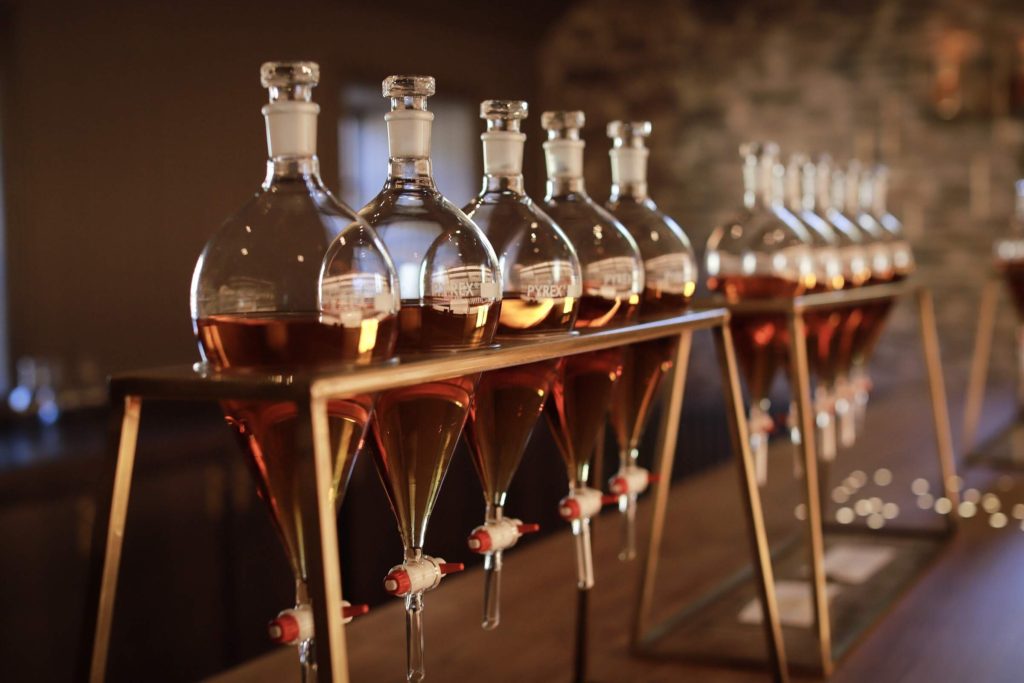

Strathisla
Strathisla Distillery was established in 1786 on the banks of the River Isla, making it the oldest, continually operating distillery in Speyside. With its twin pagodas and its riverside location, it is also considered to be one of the most picturesque distilleries in Scotland. The second USP of Strathisla is that it promotes itself as the Home of Chivas, since the special Speyside malt made here is at the very heart of Chivas Regal blended Scotch whisky. Indeed, as part of their Chivas: The Blend Tour (£30), you can create your own favourite blend under the guidance of experts. Or you could sign up for the Distillery Reserve Collection Tasting (£50), the first ever Strathisla range tasting where you get to sample five wonderful expressions of Strathisla Limited Edition Cast Strength single malts. https://www.chivas.com/en-EN/visit-strathisla
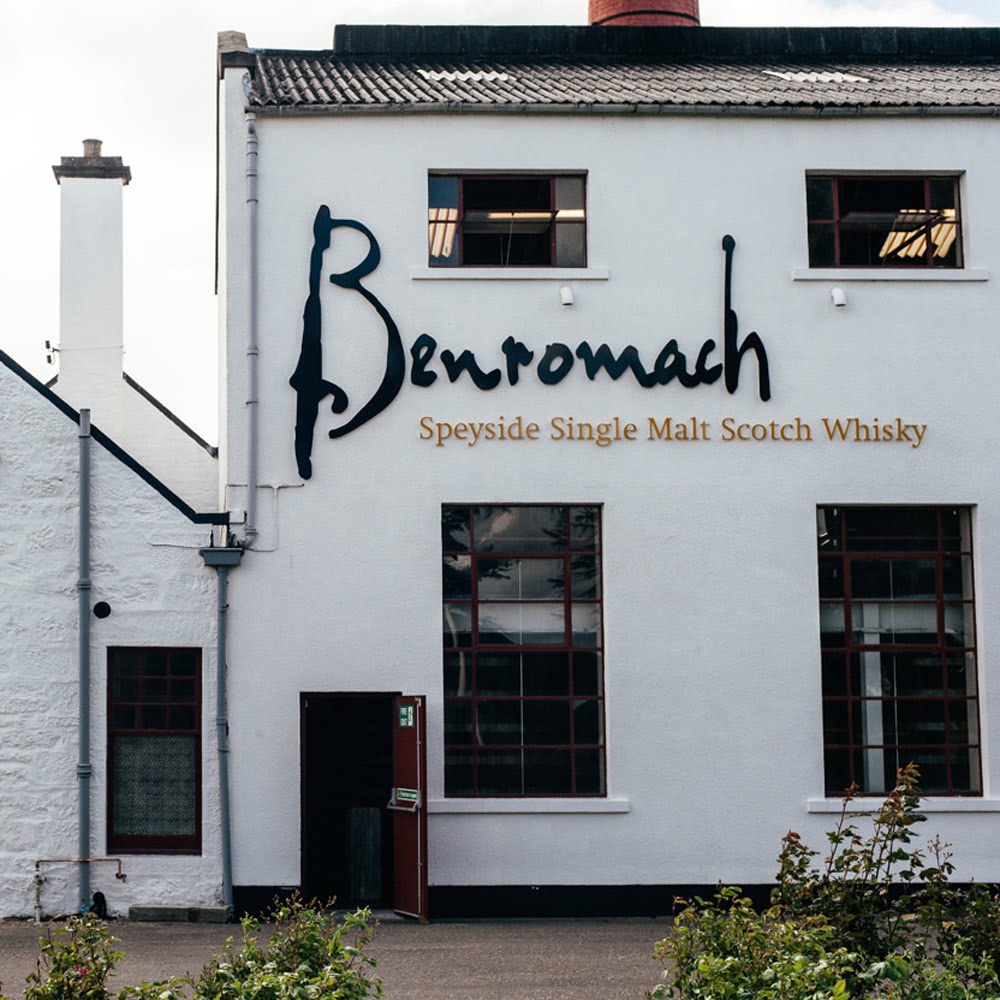

Day Three Itinerary
Glen Moray
Make the first stop on your last day Glen Moray, the latest entrant in the Malt Whisky Trail, located on the banks of the River Lossie, and benefitting from both the mild climate and fertile soil of the Laich of Moray. Glen Moray was founded in 1897 and is situated in the city of Elgin, capital of Speyside. This small, friendly, and informal distillery also has a reputation for being quite an innovative brand. It has experimented with maturing its spirit in all sorts of wooden casks, including those used for aging bourbon, sherry, port, and even red and white wine. Tours at Glen Moray are the least expensive on the Single Malt Trail (£5); they include a tasting of two drams. If you would like to add on another tasting flight, the price goes up by £5 each time depending on whether you fancy the Classic, Heritage, or Reserve whiskies. http://www.glenmoray.com/
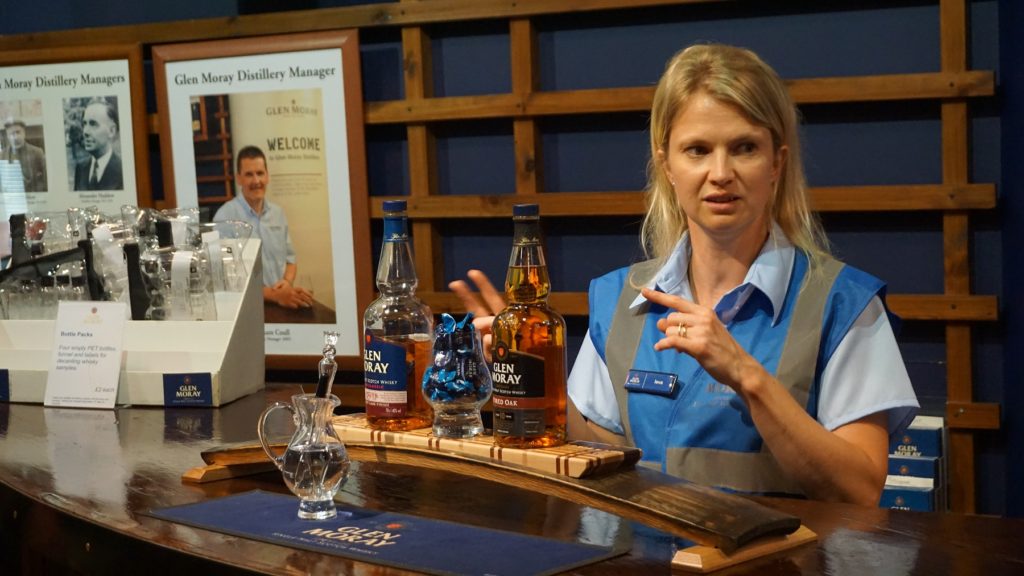

Benromach
Speyside’s smallest distillery is located on the outskirts of the ancient market town of Forres. It is unique in that everything here is crafted by hand, with no use of computers or even pressure gauges, relying solely on the skill of the three distillers to judge the look, feel, and aroma of the spirit. Benromach was founded in 1898 and changed hands many times before the Urquhart family bought the distillery in 1993 and completely refitted it to produce what they call the classic Speyside single malt: elegant, fruity, with a touch of smokiness. All three key ingredients of the single malt are unique to Benromach: the barley is grown locally and malted with a little peat smoke; the water comes from the Chapelton Spring in the Romach Hills, a couple of miles away; and they are the only distillery to use a combination of both brewer’s and distiller’s yeast. The Classic Tour (£6) is a 30-minute guided walk through the distillery followed by a tasting of the award-winning Benromach 10-year-old. For an additional £9, the Contrast Tour gives you 60 more minutes and four drams from the Benromach Core Range. https://www.benromach.com/
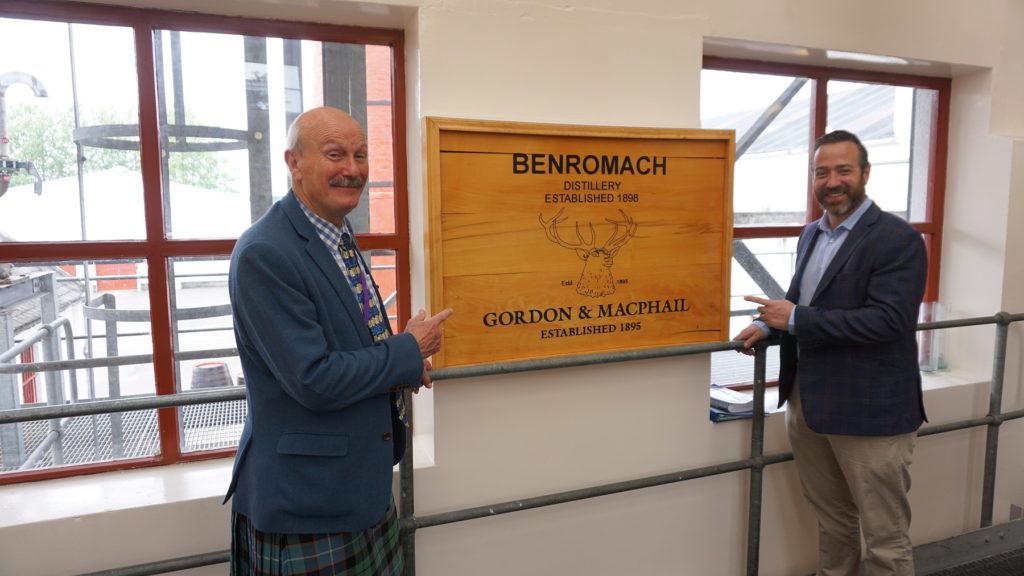

Dallas Dhu Historic Distillery
You can close your Speyside Malt Whisky Trail sojourn with a visit to a distillery that no longer makes any whisky. Perhaps a bit of detox after drinking so many drams along the way is no bad thing. The Dallas Dhu distillery is the ill-fated twin sister of Benromach and it went through many upheavals and changes in ownership till it finally closed its doors in 1983. However, Historic Environment Scotland has brought the site back to life and it is now a museum distillery. Here you can see and do all the things you would on a ‘living’ distillery tour, but with an audio guide rather than a human one. The price of admission (£6) includes a sample dram and an audiovisual presentation, and you are free to proceed at your own pace to explore the distillery.
https://www.historicenvironment.scot/visit-a-place/places/dallas-dhu-historic-distillery/


Do check out the first part of this piece where we discuss the history and origins of Scotch whisky and explain how single malt is made here.
![]()
![]()

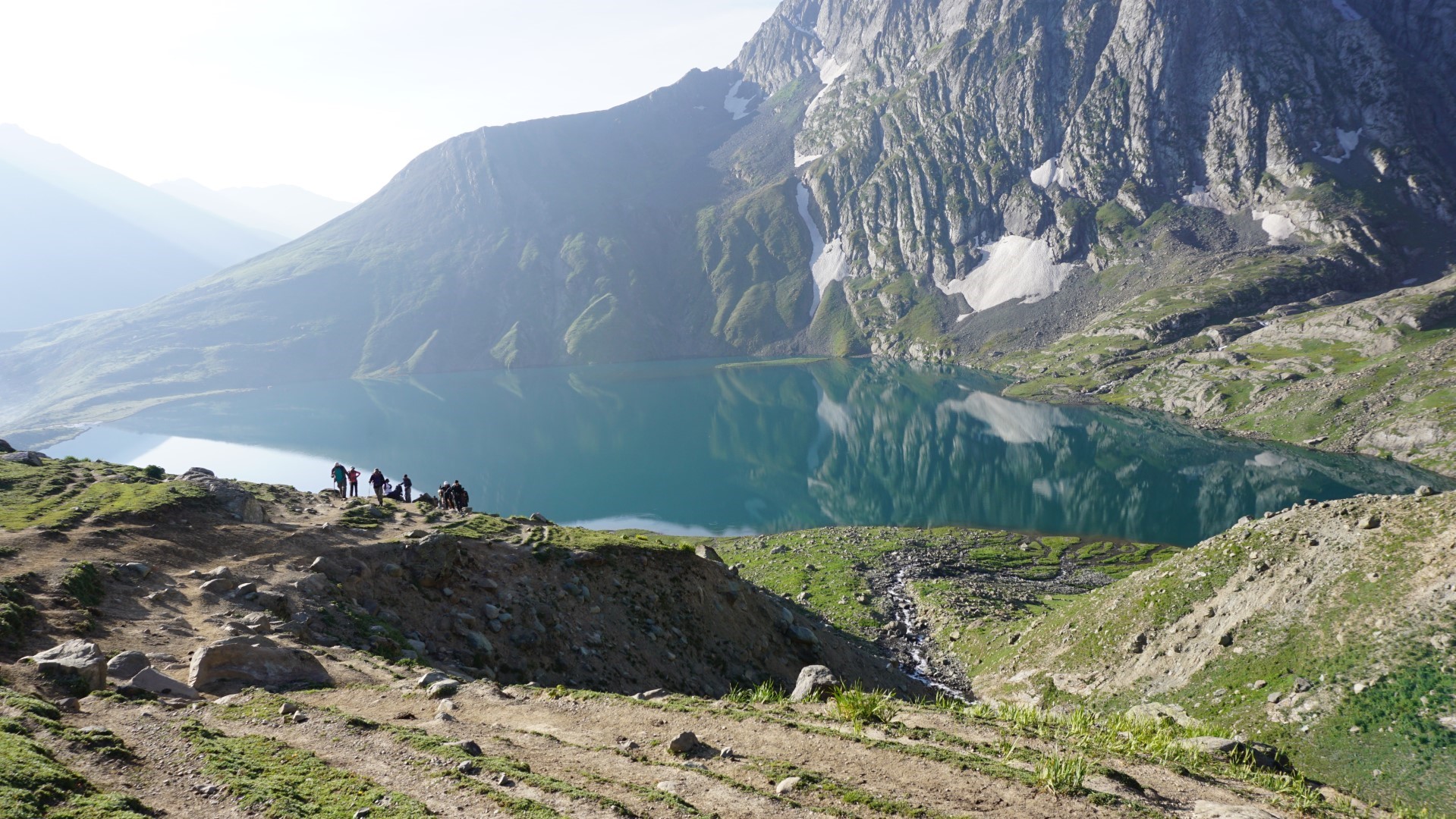

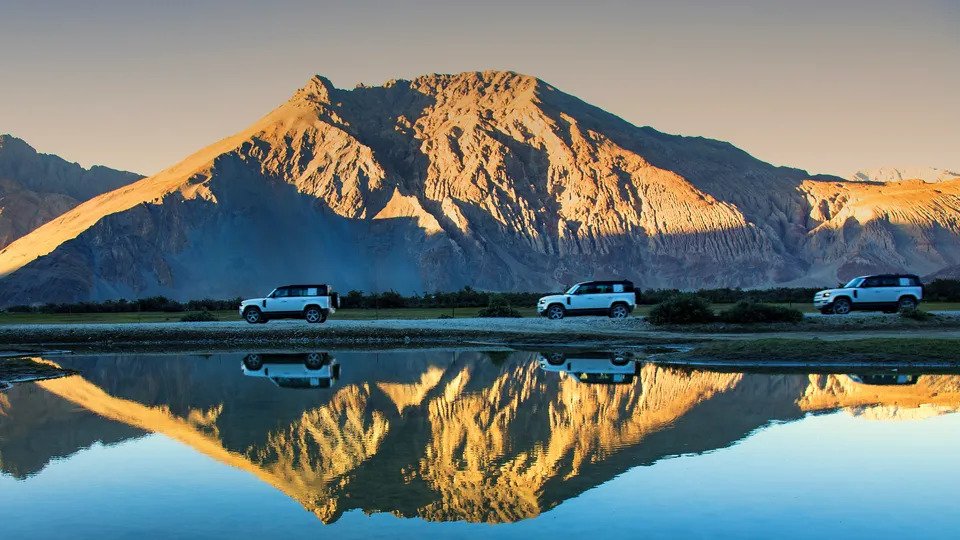


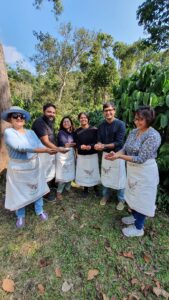
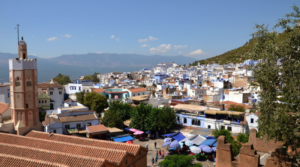
One thought on “Speyside Malt Whisky Trail: In Search of the Holy Grail (Part 2: The Tours)”